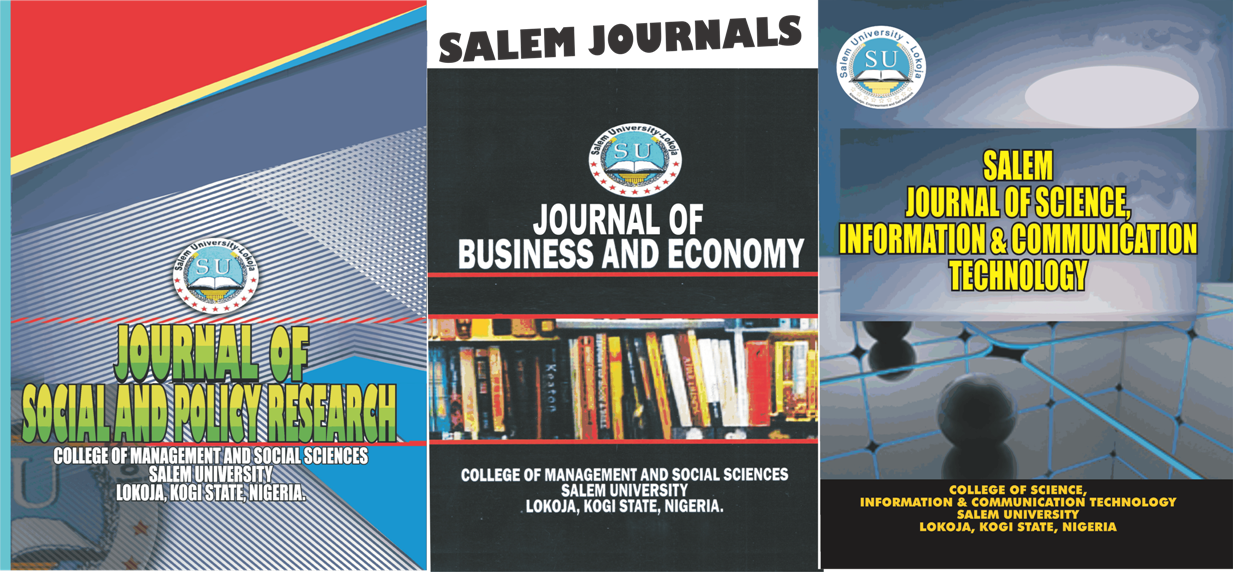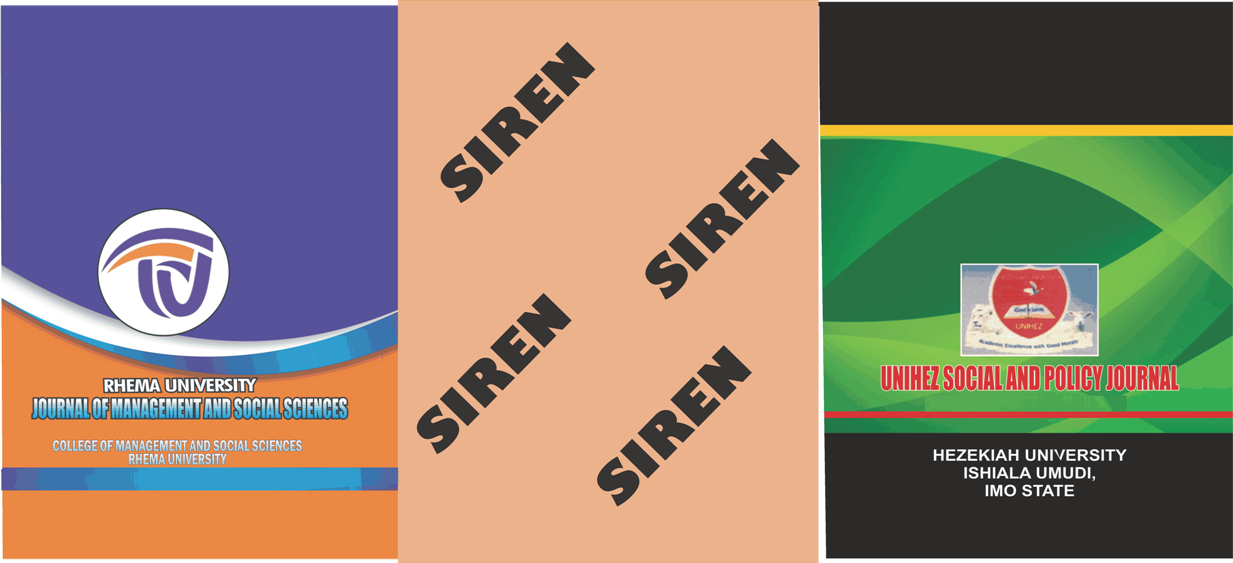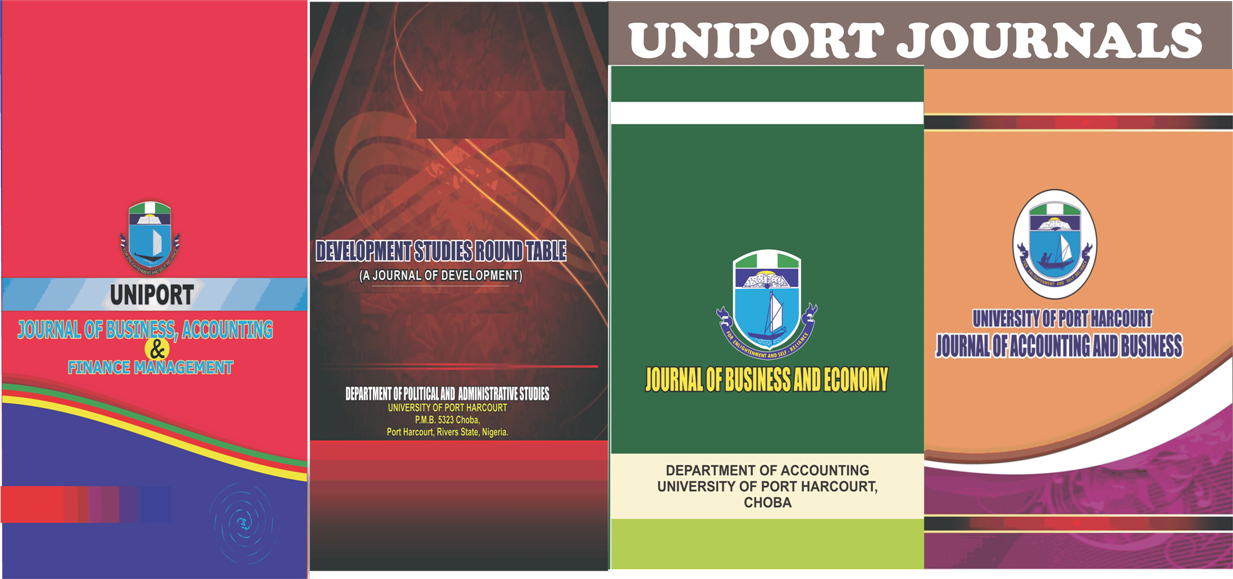2022 Archive
| 1 |
Title: DETERMINATION OF FIBRE-MATRIX INTEGRITY USING STRAIN RATE SENSITIVITY APPROACH.pdf Author: Sinebe, J. E. & Enyi, L.C. Abstract: Abstract The integrity of the bonded fiber-matrix interface in a fiber reinforced polymer composite was investigated using the interfacial energetics approach. Plantain fibres were prepared and then treated with nine liquids to make their surfaces hydrophobic. Fiber reinforced composites were then molded, contact angles on fibres and composites were measured, composite tensile strength was determined, and fibre pullout tests were conducted. With fibre contact angles of 73.0o and 71.3o, respectively, mercerization (NaOH) and Methyl Ethyl Ketone Peroxide (MEKP) made the fibre more hydrophobic. MEKP and NaOH treated fibre had the lowest surface energies, the highest works of adhesion, and thus better fibre-matrix bonding when compared to other treatments (increased fibre-matrix integrity). The strain-rate sensitivity index, m, obtained ranges from 0.2264 for phosphoric acid-treated composite fiber to 0.2385 for MEKP treatment fiber, with an overall average value of 0.23410.0035 and a value of 0.2321 for untreated fiber. MEKP and NaOH treated fibers were found to be the most hydrophobic, with the highest m values, making them ideal for treating fibers for composite formation. Increased work of adhesion increased tensile energy in the pullout tests, indicating that stronger bonding will ensure the integrity of fibre-matrix composite stability. The highest free energies of adhesion, MEKP and NaOH, also exhibit the largest pullout forces, meaning that the connection between fiber and matrix was stronger in these treatments, assuring greater fiber-matrix integrity in the composite. The conclusions of this study are important in constructions built of fiber reinforced composite materials, such as aircraft and automobile bodywork. View |





